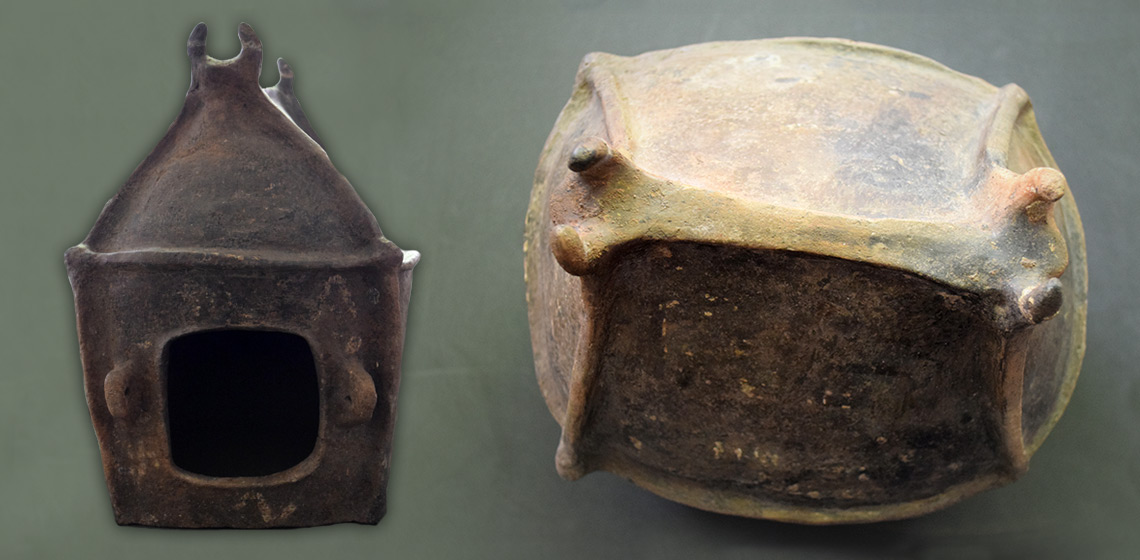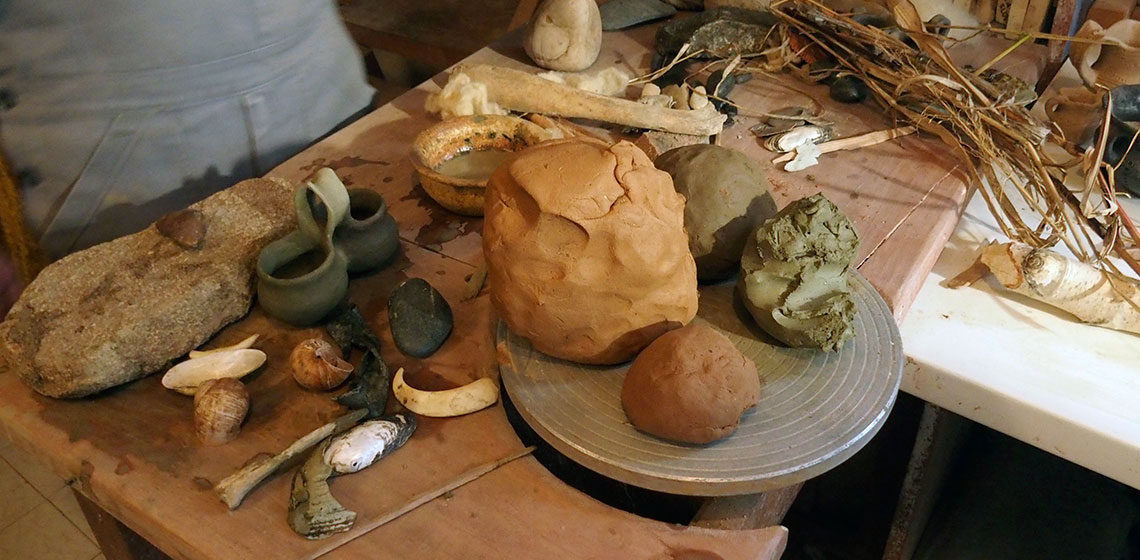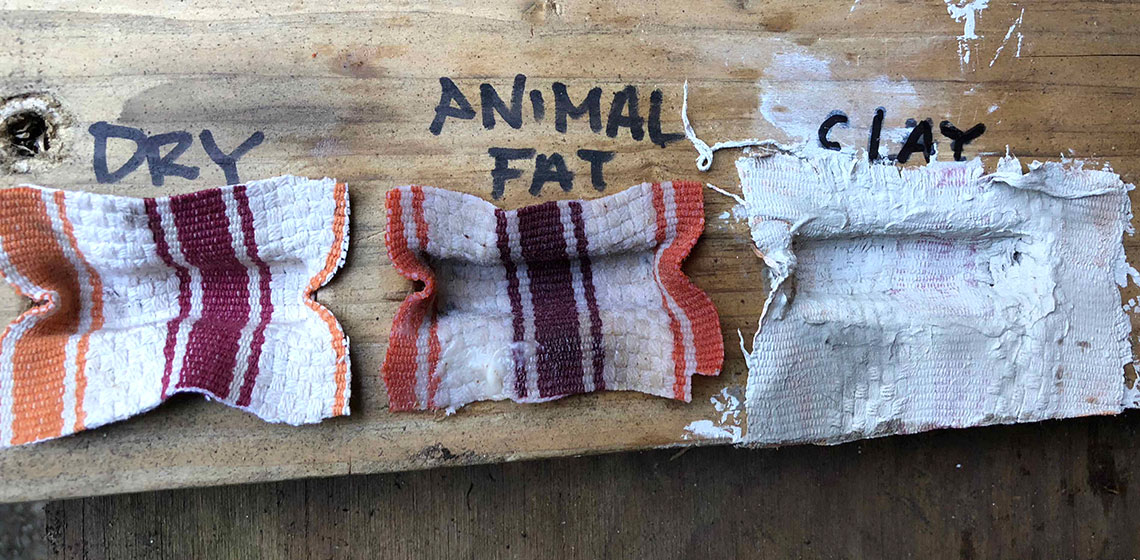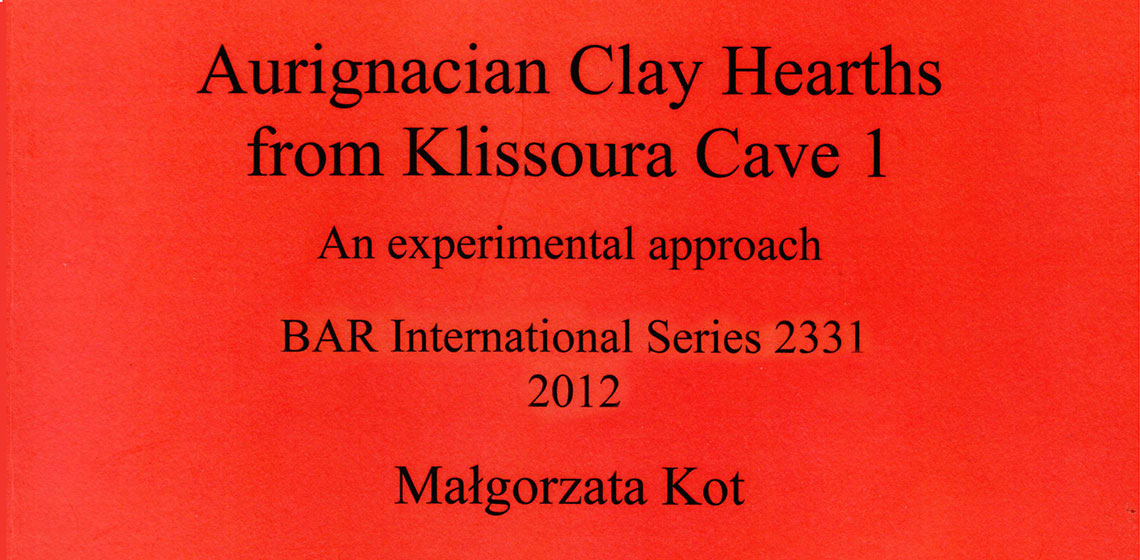clay
CRAFTER: Re-creating Vatin Pottery 2: an Examination of Clay Quality and its Behaviour
The Bronze Age Vatin culture has been known in archaeology as a cultural phenomenon distinguished by a specific material culture which existed between c. 2200 to 1600 B.C. in the region of the southern part of the Pannonian Plain, and the area along the lower Sava river and south of the Danube river. The Vatin culture followed on from the Early Bronze Age cultures in the region, indicating stabilization in this area after the disintegration of the Aeneolithic Vučedol culture by tribes from the Russian steppe (Garašanin 1979, p. 504; cf.
Textile Textured Silver Ingots: A Technical Investigation into how these Textures came to be on some Viking Hoard Ingots
Clay
A poorly draining soil which is pliable when wet, used to make pottery, bricks and ceramics.
Definition source: Chambers 21st Century Dictionary



